- About us
- Support the Gallery
- Venue hire
- Publications
- Research library
- Organisation chart
- Employment
- Contact us
- Make a booking
- Onsite programs
- Online programs
- School visit information
- Learning resources
- Little Darlings
- Professional learning
Archbishop Daniel Mannix (1864–1963) was the charismatic Catholic Archbishop of Melbourne from 1913 to 1963. Born in Charleville, Cork, Mannix lectured in theology and philosophy at Maynooth for more than 15 years and served as the college’s president, initiating major reforms, before he came to Australia at the age of 49. Within a few years of his arrival, the most significant sectarian conflict in Australian history developed out of his opposition to Prime Minister Billy Hughes’s bid to introduce conscription. In 1920, the British navy intercepted a ship carrying Mannix to prevent his visiting insurgent Ireland. Over his 50 years in Melbourne, he gained a huge, devoted Catholic and working-class following, antagonising establishment Protestants with his open hostility to the crown and establishing a reputation for belligerence and social divisiveness as he denounced evils such as freemasonry, mixed marriage and birth control. In later life Mannix was mentor to BA Santamaria, the high-profile scourge of communism. He died, with all faculties undiminished, at 99, having collapsed at race time on Melbourne Cup Day 1963.
Clifton Pugh AO studied at the National Gallery of Victoria School under William Dargie after serving in the AIF in New Guinea and Japan. He was active in Australian Labor Party politics, and was involved in the formulation of the ALP arts policy in 1971, the year he won the second of his three Archibald Prizes. He painted this portrait on commission for the cover of the Bulletin. Mannix was 98, but Pugh was struck by the extraordinary ‘power of presence’ of the man. After he made this very quick oil sketch, which was all that was required for the cover, Pugh went on to paint a second version of the work that now hangs in Newman College at the University of Melbourne. In a poem about that painting, Peter Steele describes the venerable churchman’s head emerging from his vestments like ‘an old bloom in a black vase’.
Collection: National Portrait Gallery
Purchased 2005
© Estate of Clifton Pugh



On one level The Companion talks about the most famous and frontline Australians, but on another it tells us about ourselves.
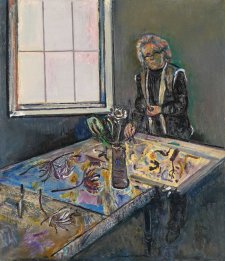
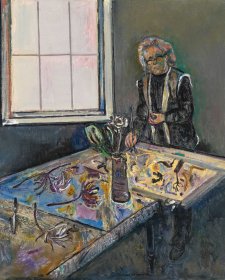
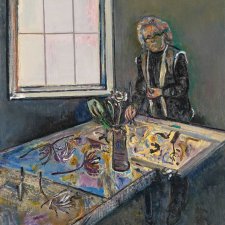
Michael Desmond discusses Fred Williams' portraits of friends, artist Clifton Pugh, David Aspden and writer Stephen Murray-Smith, and the stylistic connections between his portraits and landscapes.
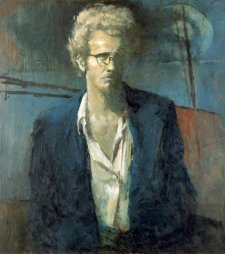
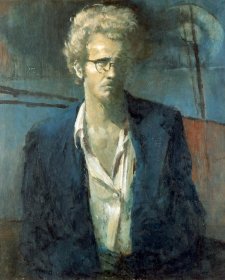
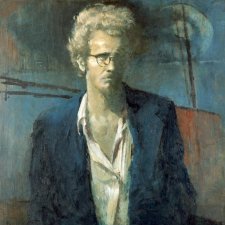
Judith Pugh reflects on Clifton Pugh's approach to portrait making.